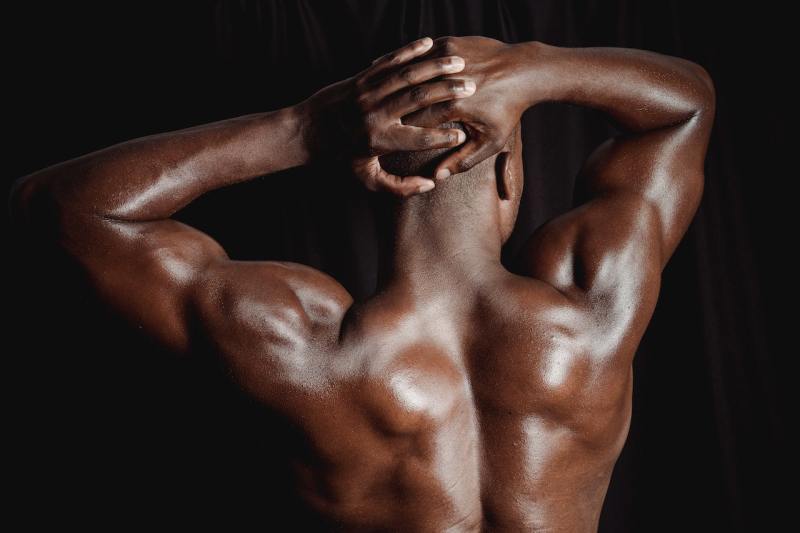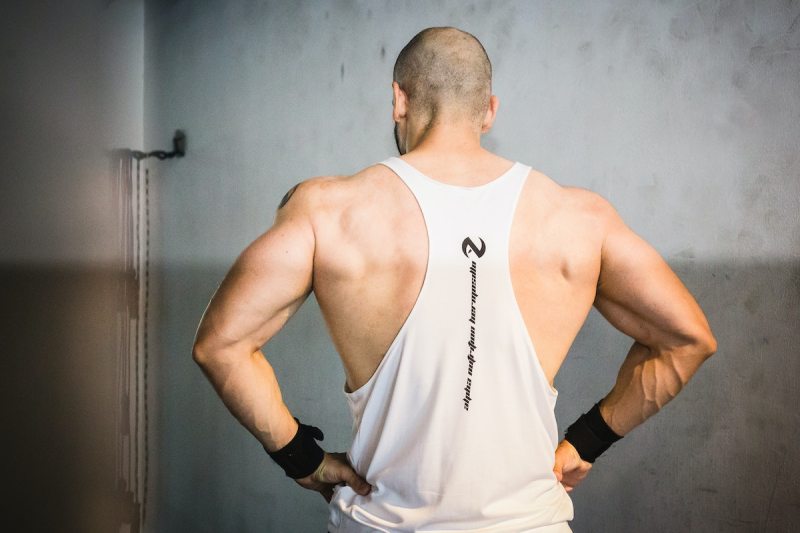Face pulls are an effective cable exercise that works important muscles in the upper body, including the shoulders and upper back. Whether you are a novice or an expert at the gym, mastering the form for face pulls can boost your workout. It can also help with posture and lower the risk of injuries.
This guide will teach you how to do face pulls and delve into the muscle groups they target. You will also learn about the variations of face pulls to try out for your pull-day workout routine. It’s time to dive in.
What muscles do face pulls target?

Face pulls target specific muscles in the upper back and shoulders. These include the rear deltoids, rhomboids, and the external rotators of the shoulders. Others include the infraspinatus and teres minor. These muscles are vital for maintaining proper posture and shoulder stability.
Additionally, face pulls engage the middle and lower trapezius muscles, contributing to a balanced and strong upper back.
What are the benefits of face pulls?

Enhanced upper back muscles
Focusing on the rhomboids and trapezius muscles through face pulls allows you to develop a muscular upper back. Face pulls are essential for overall upper body strength and performance during various exercises and daily tasks. A strong upper back is beneficial for daily tasks that involve pushing, pulling, or lifting objects, helping to prevent fatigue and injury.
Maintainance of strong shoulders
For those who perform activities involving overhead movements or lifting weights, face pulls can help fortify the rotator cuff muscles for shoulder stability and injury prevention.
The rotator cuff is a group of four muscles. These muscles are the supraspinatus, infraspinatus, teres minor, and the subscapularis. They work together to keep the shoulder joint stable and allow for a wide range of motion.
Better posture
Face pulls are an upper back exercise that enhances good posture. Consistent practice of face pulls can address imbalances and weaknesses in the back and shoulders. This will improve posture and reduce the likelihood of developing a rounded shoulder posture. A study showed that exercising with elastic bands, such as resistance band face pulls, can correct the rounded shoulder posture.
How to do face pulls

- Attach a rope handle to a cable machine at face level. Stand facing the machine with your feet shoulder-width apart.
- Grasp the rope with both hands, using an overhand grip, and step back to create tension in the cable.
- Keep your elbows high and your upper arms parallel to the ground.
- Pull the rope towards your face, separating your hands and squeezing your shoulder blades together at the end of the movement. Your elbows should be splayed on either side of your face.
- Slowly extend your arms back to the starting position, maintaining control throughout the movement before repeating.
Recommended sets and reps: 3 to 4 sets of 12 to 15 repetitions
Face pull variations

- Resistance band face pulls: You can try a good resistance band instead of a cable machine. Secure the band to a high attachment point. Follow the usual steps for a standard face pull exercise. Resistance bands are a great tool, as they can be used nearly anywhere.
- Single-arm face pulls: To target muscle imbalances and enhance one side, perform face pulls with one arm at a time. This variation further strengthens the shoulder muscles and stabilizes the shoulder joint. Be careful not to over-exercise while doing the single-arm face pulls to avoid rotator cuff injuries.
- Seated face pulls: To strengthen the back muscles and eliminate the chances of swinging, consider doing this exercise while sitting on a bench or stability ball. The seated face pull also ensures that your torso is stable while you exercise.
- TRX face pulls: Use TRX straps for a bodyweight variation. Lean back and pull your body towards the straps, following the same motion pattern as the cable face pull. The TRX face pulls strengthen the upper and mid-back muscles and help improve posture.
- Horizontal face pulls: Set the cable machine to a lower position and pull the rope horizontally towards your face; this can provide a different angle of resistance.
Frequently asked questions

How to do face pulls without a machine?
Use a resistance band anchored at chest height to a stable object, such as a pole or door anchor. Perform the same pulling motion, while ensuring to maintain the tension throughout the exercise.
Should I lean back during face pulls?
No, you should maintain an upright position with a slight bend at the hips. Leaning back can reduce the exercise’s effectiveness and place unnecessary strain on your lower back.
Should face pulls be heavy or light?
You should perform face pulls with moderate weight to focus on muscle activation and control. Using overly heavy weights can compromise form and increase the risk of injury.




